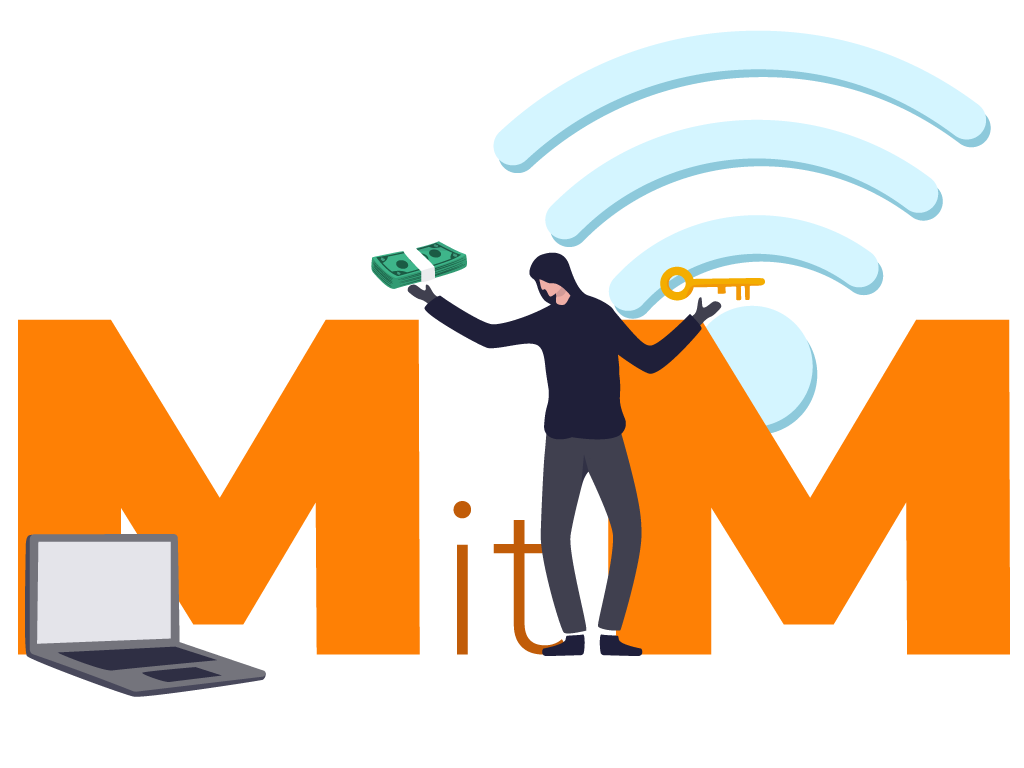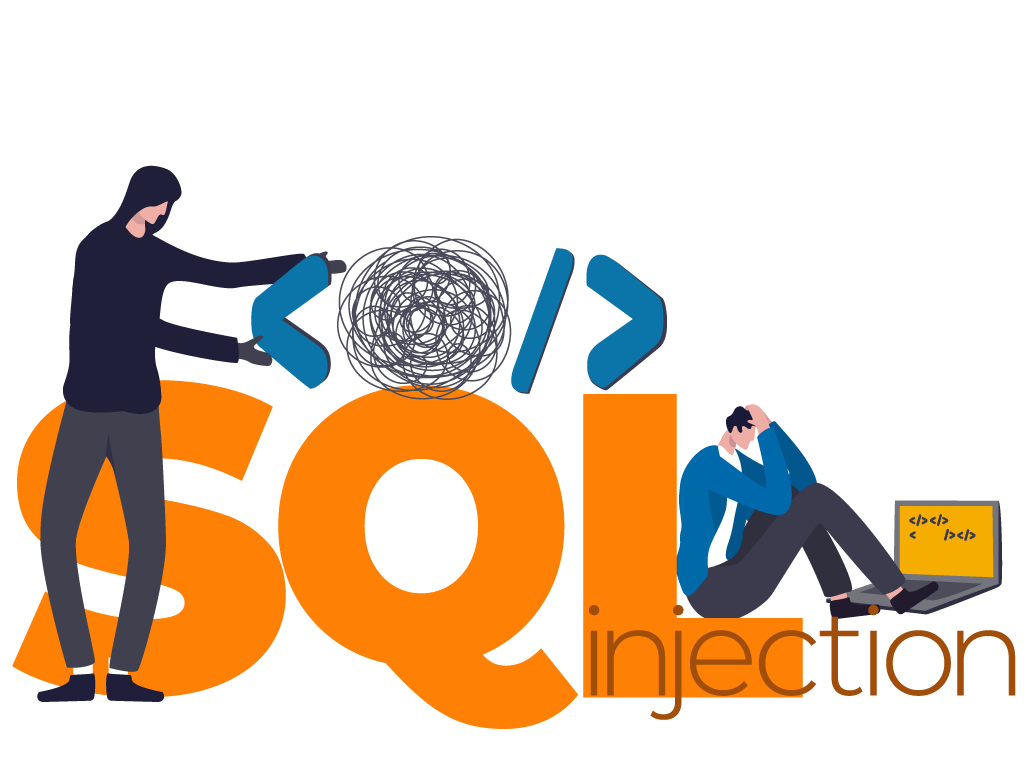Tech Dictionary
Tech Dictionary: Discovering Cyber Attacks
Every day and every moment, a company or a user is fighting a silent battle, to avoid being hacked by hackers and viruses.
It is important to raise awareness about IT Security, because so many of our data can be found through the computer and the network, risking constant exposure.
Today we will discover the different types of attacks and the relative modes of action, to also understand how to defend ourselves and who to rely on to avoid them.
But first of all it is fair to ask …
… What is a cyber attack?
In simple terms, it is a malicious and intentional attempt by people or organizations to violate the information system of a user or a company, to obtain advantages through access, data and / or by subtracting sums of money.
Hackers, to infiltrate our equipment, use the vulnerabilities of corporate systems, increasing the rate of cybercrime every year.
Most cyber attacks (53% to be precise) have caused damages of more than $ 500,000, in fact it is daily practice for a hacker to obtain a ransom.
However, we must never forget that cyber threats can also arise for other different reasons.
To increase the range of attacks, some hackers rely on a botnet – a network of devices infected with malicious software, such as a virus. The most dangerous feature is that the hacker manages to control a botnet without the owner being aware of it.
What are the most common cyber attacks?
Beware of the click: Malware & Phishing

Malware, a term you may have heard of at least once, defines malicious software, such as spyware, ransomware, viruses, and worms.
What Causes Malware? It breaches a network by exploiting a possible vulnerability, typically when a user clicks a malicious link or opens an attachment received by email that installs malicious software.
We anticipate that, LF Facilities, as well as providing you with IT security which we will discuss later, through the choice of using our service of corporate helpdesk will offer your employees the opportunity to entrust the task of verification of suspicious emails to our trained technicians, so as to continue with the normal workflow without risk and disruption.
But now the question arises: once inside the system, what can malware do?
- Block access to core network components (ransomware)
- Install malware or other malicious software
- Obtain information by stealth by transmitting data from the hard drive (spyware)
- Interfere with some components and render the system inoperable.

Phishing, similar to malware, consists of sending fraudulent communications that appear to come from a reliable source, usually an email. Its goal is to steal sensitive data such as credit cards and login information, or to install malware on the victim’s computer. Phishing is an increasingly common cyber threat and it is important to know how to recognize and avoid it.

Watch out for Wi-Fi:
Man in the Middle attacks
Man in the middle (MitM) attacks, also known as eavesdropping attacks , occur when hackers enter into a transaction between two parties . By doing so, once they have stopped traffic, they can filter and steal data .
MitM attacks go through unsecured public Wi-Fi networks , where hackers can sneak between a visitor’s device and the network.
In this way, unknowingly, the visitor passes all the information to the hacker, and once the malware has violated a device, the latter can install software to process all the victim’s data.

Attack
Distribute-Denial-of-Service
A Distribute-Denial-of-Service (DDoS) sends huge streams of traffic to systems, servers or networks, to exhaust their resources and bandwidth. As a result, the system under attack will no longer be able to fulfill its legitimate demands.


SOS vulnerability:
SQL injection & Zero-day attacks
A SQL (Structured Query Language ) injection occurs when a hacker inserts a malicious code on a server that uses SQL and force it to make public information that should normally remain confidential. To perform SQL injection, it is sufficient to add malicious code to the input box of a vulnerable website.
A zero-day attack , on the other hand, strikes as soon as a vulnerability is discovered in the network, but before a patch or fix can be implemented.
How to build a solid cybersecurity system?
The attacks listed above are just some of the most common cyber attacks that companies and individuals find themselves fighting every day, and it is for this reason that building a solid cybersecurity system is essential.
By entrusting yourself to the hands of professionals, you can continue your normal workflow without risk and worry.
LF Impianti proposes its IT Security plan, through three fundamental steps:
- Analysis of the various risk components and possible vulnerabilities, to define optimal tools and processes
- Realization, through the use of the best products on the market, monitoring and detection systems , of possible flaws, trying to keep your network safe from intrusions or cyber attacks
- Remain by your side in planning and implementing the verification and improvement processes, to always keep your security systems up-to- date.
We are experts in security, in fact, through our anti- fraud team we take care of monitoring possible fraud and manage the alerts of bank transfers, account access and rechargeable cards, blocking and / or reporting all suspicious movements.
Our Banking Security service, however, does not stop there, and through the logical security service, we manage the authorizations for Host and Web applications , user and group permissions for access to production, testing and parallel systems.
Finally, through our company helpdesk service[collegamento sulla parola che rimanda alla pagina apposita] , we also support your collaborators in the field of IT Security, creating courses designed ad hoc to raise awareness of the matter and taking charge of checking suspicious emails , without risking the entire company structure.



